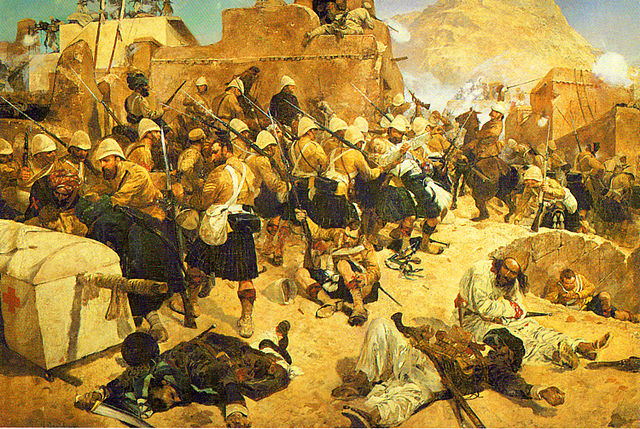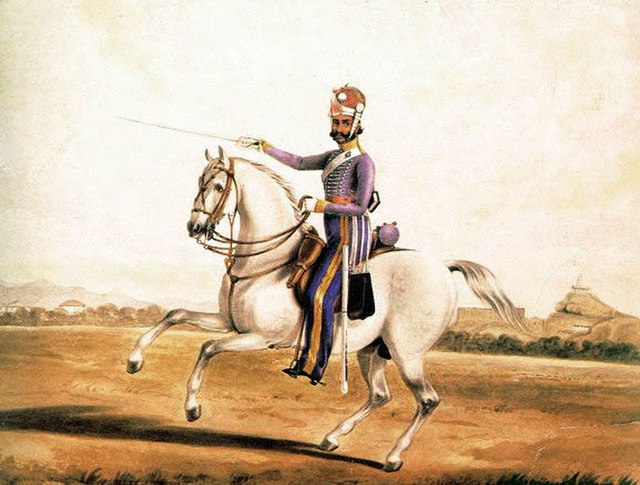Field Marshal Sir Frederick Paul Haines, was a British Army officer. He fought in the First Anglo-Sikh War, in the Second Anglo-Sikh War and then in the Crimean War: during the latter conflict at the Battle of Inkerman, he held an important barrier on the post road guarding the approach to the 2nd Division camp for six hours. He served in India during the Indian Rebellion before becoming Commanding Officer of the 8th Regiment of Foot in the United Kingdom and then Commander of a Brigade in Ireland. He went on to be General Officer Commanding the Mysore Division of the Madras Army and then Quartermaster-General to the Forces in the United Kingdom. He returned to India to become Commander-in-Chief of the Madras Army in May 1871 and then Commander-in-Chief, India in April 1876: he commanded the forces in India during the Second Anglo-Afghan War and successfully argued for a large force being made available before mobilisation occurred, but once the war started the Governor-General of India, Lord Lytton, was inclined to by-pass Haines and deal direct with commanders in the field, causing friction between the two men.

Sir Frederick Haines
The Second Anglo-Afghan War during which Haines commanded the British forces
Funerary monument, Brompton Cemetery, London
The Madras Army was the army of the Presidency of Madras, one of the three presidencies of British India within the British Empire.
Left to right, the Madras Horse Artillery, the Madras Light Cavalry, the Madras Rifle Corps, the Madras Pioneers, the Madras Native Infantry, and the Madras Foot Artillery, c. 1830
A painting showing a sowar (cavalry equivalent of sepoy), 6th Madras Light Cavalry c. 1845.
The 1st Madras Pioneers, c. 1890
The Queen's Own Madras Sappers and Miners, 1896







